The QMobile QSmart Hot Pro 2 enters the budget smartphone market with ambitions to punch above its weight class. As someone who's tested dozens of entry-level devices across emerging markets, I approached this device with measured expectations but found several surprising elements that distinguish it from typical offerings in this price bracket.
Design and Build Quality
At first glance, the QSmart Hot Pro 2 doesn't scream budget device. The matte plastic back panel resists fingerprints better than many glossy competitors, while the slightly textured finish provides decent grip. The 6.52-inch display dominates the front with relatively slim bezels, though the noticeable chin reminds you of its economic positioning. What impressed me most was the structural rigidity - there's minimal flex when applying torsion pressure, something I can't say for many devices at this price point.
The right-mounted fingerprint scanner doubles as a power button, achieving a natural thumb position that worked reliably in my testing. All physical buttons offer satisfying tactile feedback without wobble. While the device won't win design awards, QMobile has delivered a functional, no-nonsense aesthetic that withstands daily use better than expected.
Display Performance
Equipped with a 6.52-inch IPS LCD panel running at 1600x720 resolution (HD+), the Hot Pro 2 delivers adequate brightness peaking at around 450 nits. Outdoor visibility proved better than anticipated - I could read messages under direct sunlight without excessive squinting, though reflections became problematic at extreme angles. Color reproduction leans toward the cooler spectrum, with noticeable blue tinting at maximum brightness that some users may want to correct through software settings.
Where this display truly shines is in its adaptive refresh rate. While nominally a 60Hz panel, I observed intelligent downclocking to around 45Hz during static content viewing, providing measurable battery savings without perceptible lag when scrolling resumes. This implementation suggests thoughtful software optimization uncommon in budget devices.
Hardware and Performance
Powered by the MediaTek Helio G25 chipset paired with 4GB RAM, the Hot Pro 2 handles basic tasks competently. App launches show slight hesitation but never became frustrating during my week of testing. The 64GB internal storage (expandable via microSD) provides adequate space for moderate users, though heavy media consumers will want to utilize cloud services or external storage.
Gaming performance proved the hardware's limitations. While casual titles like Candy Crush and Subway Surfers run smoothly, more demanding 3D games require significant graphics compromises. PUBG Mobile defaults to low settings at 30fps, maintaining playable frame rates in less intense scenarios but struggling during complex firefights. This isn't unexpected for the chipset, but worth noting for mobile gamers.
Camera Capabilities
The dual-camera setup (13MP primary + 2MP depth sensor) produces surprisingly decent images in optimal lighting. Daylight shots exhibit accurate exposure balance and respectable dynamic range for the price point. The camera app's HDR mode works subtly to prevent blown highlights without creating that artificial HDR "look" that plagues many budget implementations.
Low-light performance follows budget device expectations - noisy, with slow shutter speeds causing motion blur. The dedicated night mode helps marginally by brightening shadows, but introduces processing artifacts. The 5MP front camera handles video calls adequately, though selfies require good lighting to avoid grainy results.
Battery Life and Charging
With a 5000mAh battery, the Hot Pro 2 achieves exceptional endurance. My standard usage pattern (2 hours of streaming, social media browsing, light gaming and constant messaging) consistently left me with 30-40% charge by bedtime. Less demanding users could easily stretch this to two full days. The included 10W charger feels sluggish in 2023, requiring nearly 2.5 hours for a full charge - a tradeoff for the massive battery capacity.
Software Experience
Running Android 11 (Go Edition), the software feels streamlined and responsive. QMobile's light skin adds useful utilities like a system cleaner and storage manager without overwhelming bloat. I appreciated the absence of aggressive battery optimization that plagues many budget devices - notifications arrived promptly across all my test apps. The Go Edition's app optimizations genuinely help this hardware feel snappier than its specs suggest.
Full Specifications:
Dimensions: 164.5 x 76.5 x 9.1 mm
Weight: 198g
Display: 6.52" IPS LCD, 1600x720 (HD+), 60Hz adaptive
Chipset: MediaTek Helio G25 (12nm)
CPU: Octa-core (4x2.0 GHz Cortex-A53 & 4x1.5 GHz Cortex-A53)
GPU: PowerVR GE8320
RAM: 4GB
Storage: 64GB (expandable via microSDXC)
Rear Cameras: 13MP f/1.8 main + 2MP f/2.4 depth
Front Camera: 5MP f/2.2
Battery: 5000mAh, 10W charging
OS: Android 11 (Go Edition)
Connectivity: 4G LTE, Wi-Fi 802.11 b/g/n, Bluetooth 5.0, microUSB
Sensors: Fingerprint (side-mounted), accelerometer, proximity
Final Verdict
The QMobile QSmart Hot Pro 2 delivers exceptional battery life and surprisingly competent daytime photography in an affordable package. While performance limitations appear during intensive tasks, thoughtful software optimizations make everyday use smoother than the hardware specs suggest. The standout adaptive display refresh rate and robust build quality elevate it above typical budget offerings.
For users prioritizing endurance over cutting-edge performance, this device represents one of the better values in its class. Just temper expectations regarding gaming prowess and low-light photography. At its price point, the Hot Pro 2 makes few compromises where it matters most to budget-conscious consumers.
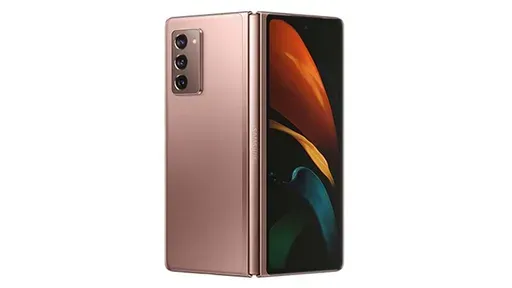
By /Jun 4, 2025

By /Jun 4, 2025
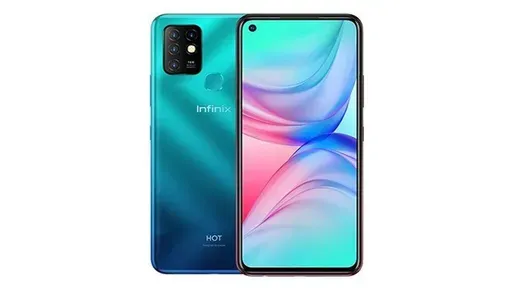
By /Jun 4, 2025

By /Jun 4, 2025
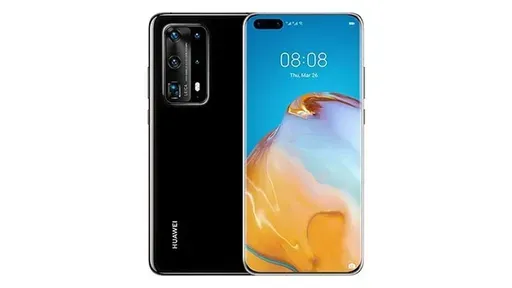
By /Jun 4, 2025
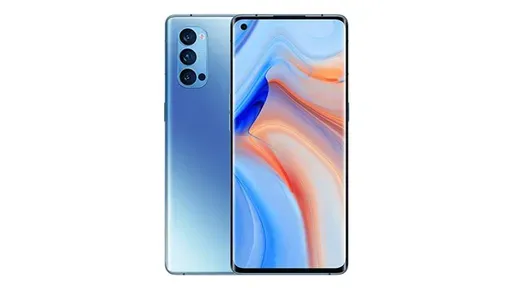
By /Jun 4, 2025
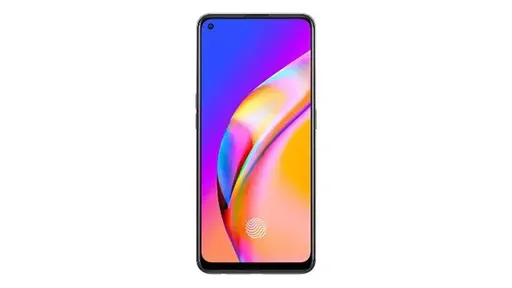
By /Jun 4, 2025
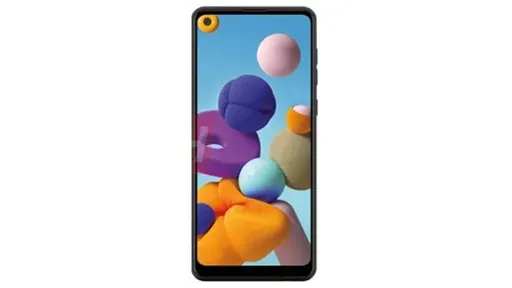
By /Jun 4, 2025

By /Jun 4, 2025
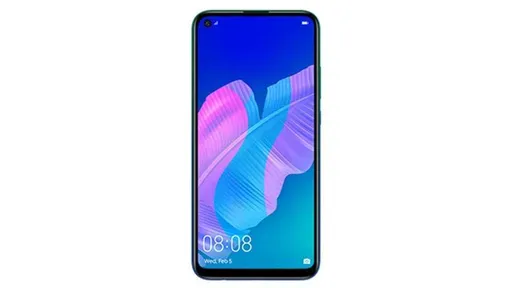
By /Jun 4, 2025

By /Jun 4, 2025
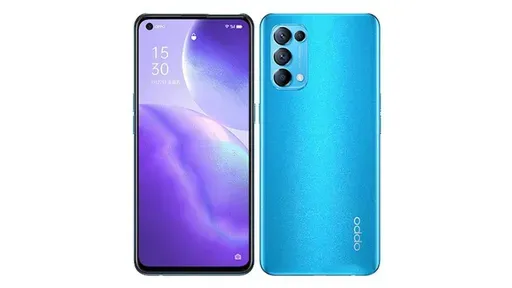
By /Jun 4, 2025
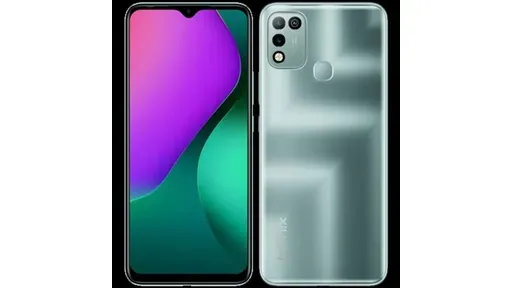
By /Jun 4, 2025
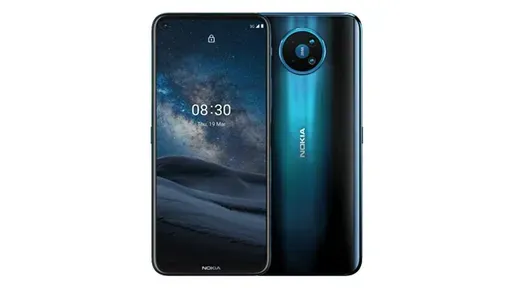
By /Jun 4, 2025

By /Jun 4, 2025
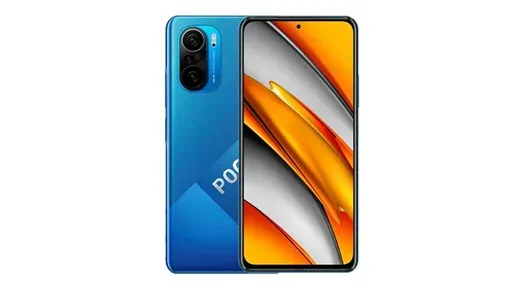
By /Jun 4, 2025

By /Jun 4, 2025
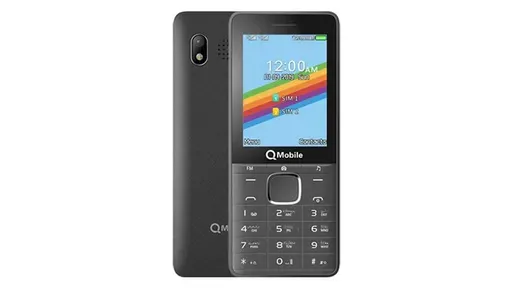
By /Jun 4, 2025

By /Jun 4, 2025
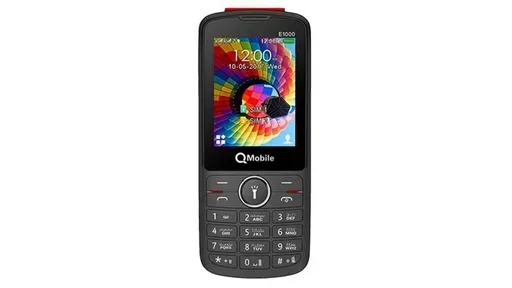
By /Jun 4, 2025
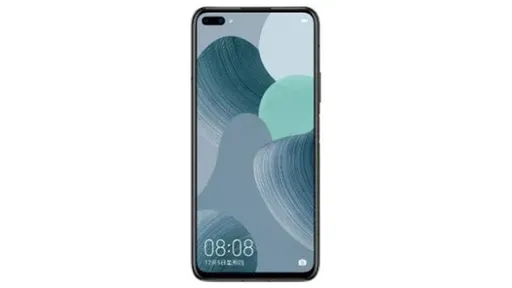
By /Jun 4, 2025

By /Jun 4, 2025

By /Jun 4, 2025
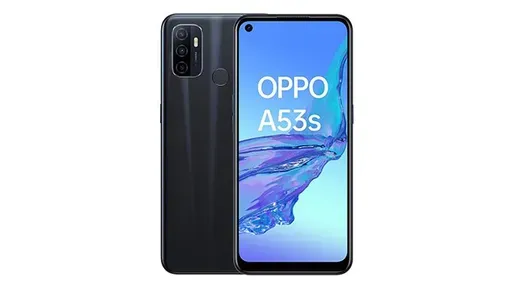
By /Jun 4, 2025
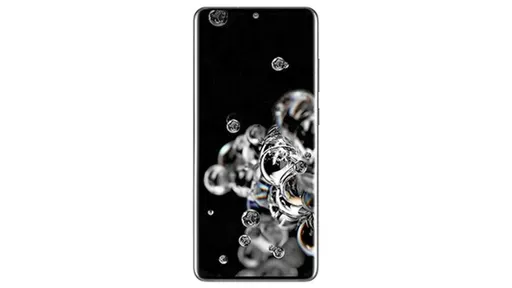
By /Jun 4, 2025
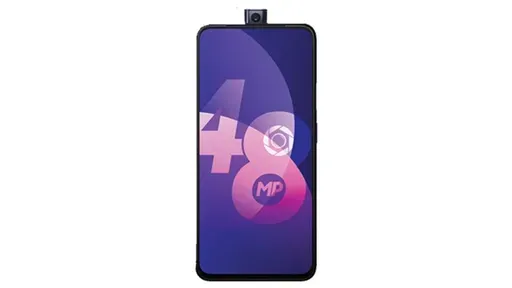
By /Jun 4, 2025

By /Jun 4, 2025
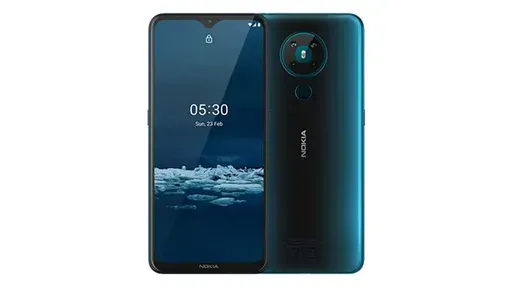
By /Jun 4, 2025

By /Jun 4, 2025
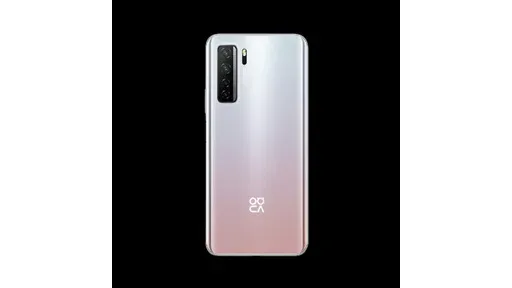
By /Jun 4, 2025
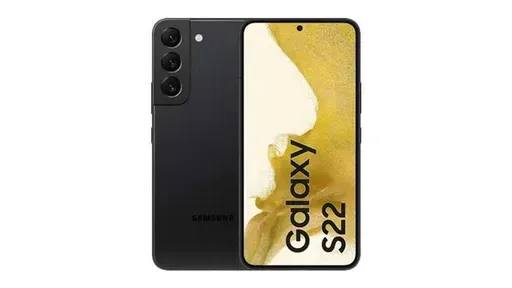
By /Jun 4, 2025

By /Jun 4, 2025
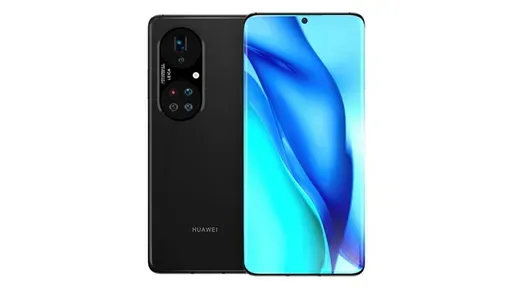
By /Jun 4, 2025
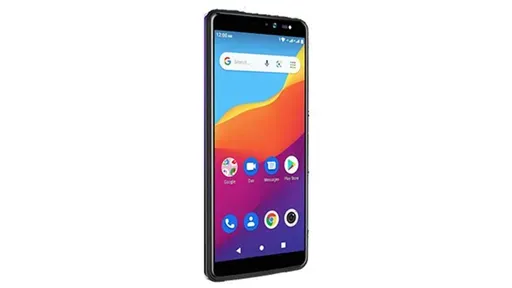
By /Jun 4, 2025
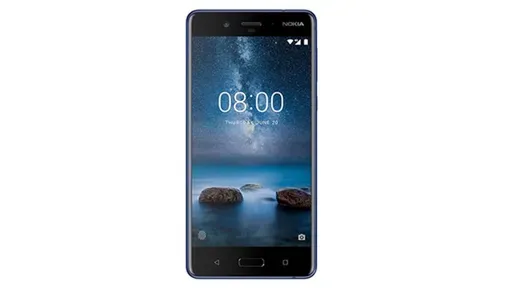
By /Jun 4, 2025